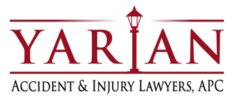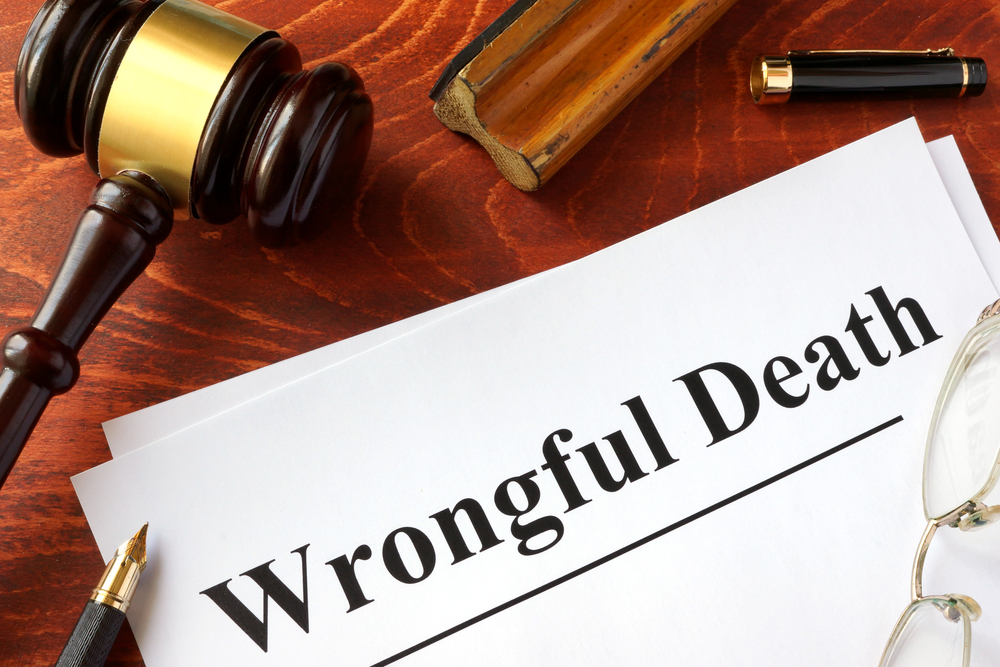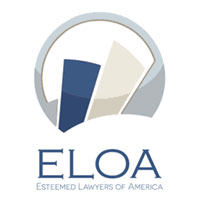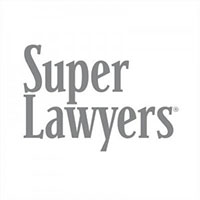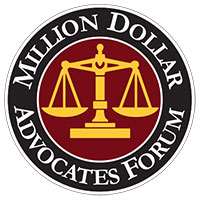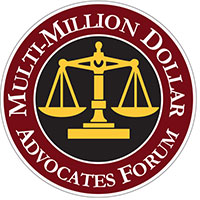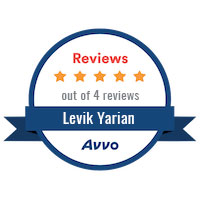California law provides a “wrongful death” claim for the estate of the deceased and/or certain close relatives. While most people have heard the phrase “wrongful death lawsuit,” many do not have a clear idea of what constitutes wrongful death under California law, or when a survivor or estate administrator might have a wrongful death case.
What Would Be Considered A Wrongful Death in Los Angeles?
The definition of wrongful death is simple: it is a death caused by “the wrongful act or neglect of another.”
That covers a lot of ground, from intentional murder to a person slipping, falling, and suffering a fatal head injury because the operator of a convenience store failed to mop up soda spilled on the floor. For various reasons, including the typical lack of resources of an individual who commits intentional murder or assault, most wrongful death cases stem from negligence.
In that regard, they are nearly identical to personal injury cases. While the procedure and legal framework of a wrongful death case differs somewhat from that of a personal injury case, the underlying actions may be exactly the same.
Examples of Wrongful Death Cases
Some of the most common types of negligence-based wrongful death claims include:
• Car accident and other motor vehicle accident cases. When a negligent driver causes the death of another person, that person’s estate and/or close family members may pursue a wrongful death claim, much as the injured person himself could have brought a personal injury lawsuit if he had survived. In 2016, there were 37,461 traffic fatalities in the United States, with 3,680 of them in California. These include deaths caused by car, truck, bus, motorcycle, and other motor vehicle accidents, including pedestrian and bicyclist fatalities caused by motor vehicles.
• Medical malpractice cases. When a medical provider fails in his duty of reasonable care for a patient entrusted to him or her and that patient dies, the physician, hospital, and other entities responsible for the negligence may be sued for wrongful death. A study from Johns Hopkins concluded that about 250,000 people die each year as the result of medical errors.
• Product liability cases. Defective products and insufficient warnings can give rise to wrongful death claims in a variety of ways, from faulty automobile equipment that results in a fatal crash to inadequate warnings on a prescription medication that lead to the death of a patient. The Consumer Product Safety Commission (CPSC) has estimated that more than 35,000 U.S. deaths each year are associated with consumer products. This does not include people who died due to faulty manufacturing equipment and other professional goods.
• Fatal work injury cases. While workers’ compensation provides compensation to the families of most employees killed on the job, it is often possible to bring a wrongful death claim against another responsible party. For example, a factory death could give rise to a wrongful death claim against the manufacturer and distributor of a piece of faulty equipment that caused the worker’s death.
While these are the most common and familiar types of negligence-based wrongful death claims, nearly anything that could give rise to a personal injury claim can also serve as the basis of a wrongful death claim. Some additional examples include:
• Fatal slip and fall cases. Most people who slip on the ice and fall or trip over broken floorboards survive. In fact, this type of accident often leads to very minor injuries, or no injury at all. However, falls can be fatal. In fact, falls are one of the leading causes of accidental death in the U.S. When the fall occurs due to someone else’s negligence, such as faulty maintenance, a wrongful death claim may follow.
• Animal attack cases. While “animal attack” may bring to mind a bear or a wolf, domestic dogs kill a few dozen people each year. Dog bite deaths may give rise to a wrongful death claim if the victim was not the dog’s owner and the dog bite victim was in a public place or in a private place he or she had a legal right to be at the time of the attack.
• Other premises liability cases. Slip and fall cases aren’t the only type of premises liability claim. Some other examples may include carbon monoxide leaks, faulty wiring that causes a fire, failure to provide required escape routes or fire extinguishers, unstable fixtures that cause crush or head injuries. In addition to these types of maintenance-related negligence, a property owner may be liable for wrongful death if he or she is aware of risks and fails to take protective actions. For example, an apartment building owner who is aware that there have been a series of muggings in nearby parking lots but fails to provide lighting or security cameras or take other protective measures may be liable if a tenant or visitor is attacked and killed in the parking lot.
Of course, this list isn’t comprehensive. If you have lost a loved one through someone else’s intentional act or negligence, it is in your best interest to consult a wrongful death attorney. No monetary settlement will compensate for the loss of your loved one, but fair compensation can help you to rebuild your life by providing time to grieve and heal without financial pressure, counseling and support for you and your family, a replacement for the lost financial support your loved one may have provided, and more.
Schedule a Free Consultation with a California Wrongful Death Lawyer
Educating yourself about your rights and options is the first step toward making good decisions for your future. A local wrongful death attorney can be the best source of that information. When you schedule a consultation with Yarian & Associates, APC, we will assess your situation and provide a plain English explanation of the compensation you may be entitled to and the process we’ll follow to pursue that compensation on your behalf.
There’s no charge for the consultation and no obligation, so why not take advantage of this opportunity to explore your options?
